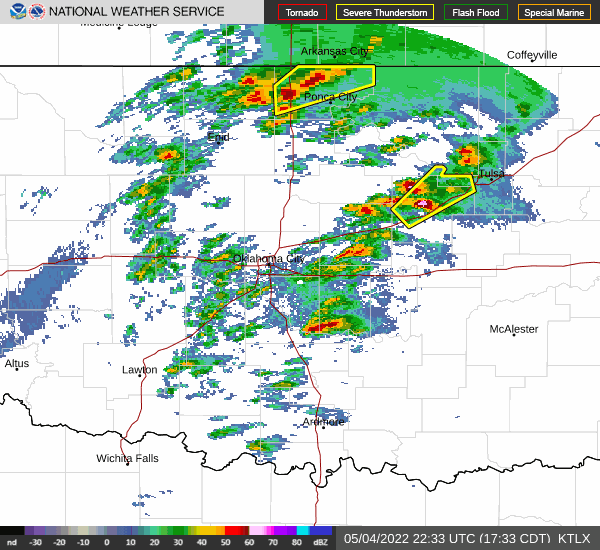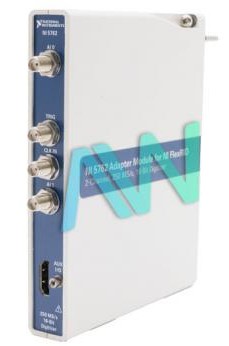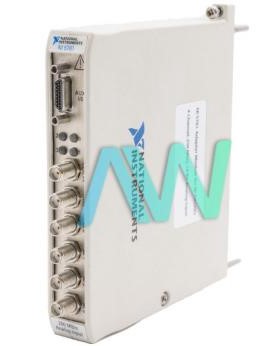In the ever-evolving world of weather radar technology, innovation is the key to staying ahead of the curve. In this post, we will take a look at a previous case study- when Furuno Electric Co., Ltd. faced significant challenges in developing a cutting-edge weather radar system. To overcome these hurdles, they turned to the formidable combination of NI FlexRIO and LabVIEW, revolutionizing the way we approach weather radar system design and simulation.
The Challenge: Enhancing Weather Radar Technology
Creating a weather radar system that can accurately predict and prevent natural disasters is no small feat. Furuno’s vision was to harness the power of weather radar technology to protect communities from events like guerrilla rain and tornadoes. However, they encountered two major challenges:
Flexibility in System Design: As a company familiar with the complexities of weather radar technology, Furuno anticipated the need for continuous design enhancements throughout the development process. The traditional custom design approach was too rigid to accommodate these necessary revisions.
Unified Simulation Environment: Simulating both digital and analog sections of the radar system in a unified environment was a formidable challenge. Typically, these sections are designed independently and verified separately, leading to integration complications later on.
The Solution: NI FlexRIO and LabVIEW
Furuno Electric Co., Ltd. embarked on a journey of innovation, leveraging NI’s cutting-edge solutions to address these challenges head-on.
Embracing Graphical System Design with NI FlexRIO:
To tackle the challenge of system design flexibility, Furuno adopted the NI FlexRIO platform. This comprehensive platform includes the NI FlexRIO FPGA module, an adapter module for high-performance I/O, and the PXI system. The game-changer? All software components are programmable using NI LabVIEW system design software. This meant they could now employ graphical programming in LabVIEW, enabling them to easily accommodate design revisions, even within the software. Furthermore, it simplified data acquisition during the prototyping stage, a critical step in refining weather radar technology.
Unified Simulation with LabVIEW:
To address the need for a unified simulation environment, Furuno harnessed the co-simulation capabilities of AWR Visual System Simulator (VSS) and LabVIEW. They seamlessly integrated LabVIEW code with their analog circuit design in VSS. This groundbreaking approach allowed them to not only validate the performance of the analog section, but also comprehensively verify the system’s overall performance. This eliminated technical obstacles for their analog designers.
The Outcome: A 40% Reduction in Development Time
The results of adopting NI solutions were nothing short of remarkable:
Furuno Electric Co., Ltd. achieved a reduction in development time of more than 40% compared to conventional methods. The NI FlexRIO platform eliminated the need for hardware changes, streamlining the development process. LabVIEW’s graphical development significantly reduced the need for domain-specific expertise. The dream of conducting system-level simulations that combine analog and digital sections became a reality, pushing the boundaries of weather radar technology.

Following the success of the weather radar system, Furuno set their sites on commercializing their advanced weather radar system. Their vision included developing systems capable of simultaneous observations with multiple radars, and predicting precipitation to mitigate the impact of natural disasters. For Furuno, LabVIEW and NI FlexRIO were instrumental not only for weather radar technology but for their future design endeavors.
This case study serves as a testament to the potential of innovative technology and forward-thinking methodologies in the realm of weather radar technology. Furuno’s journey is a shining example of what’s possible when innovation and determination unite to drive progress!
Additional Information
The case study discussed in this post was originally co-authored by Takuo Kashiwa, Yasunobu Asada, and Tomonao Kobayashi from Furuno Electric Co., Ltd.









